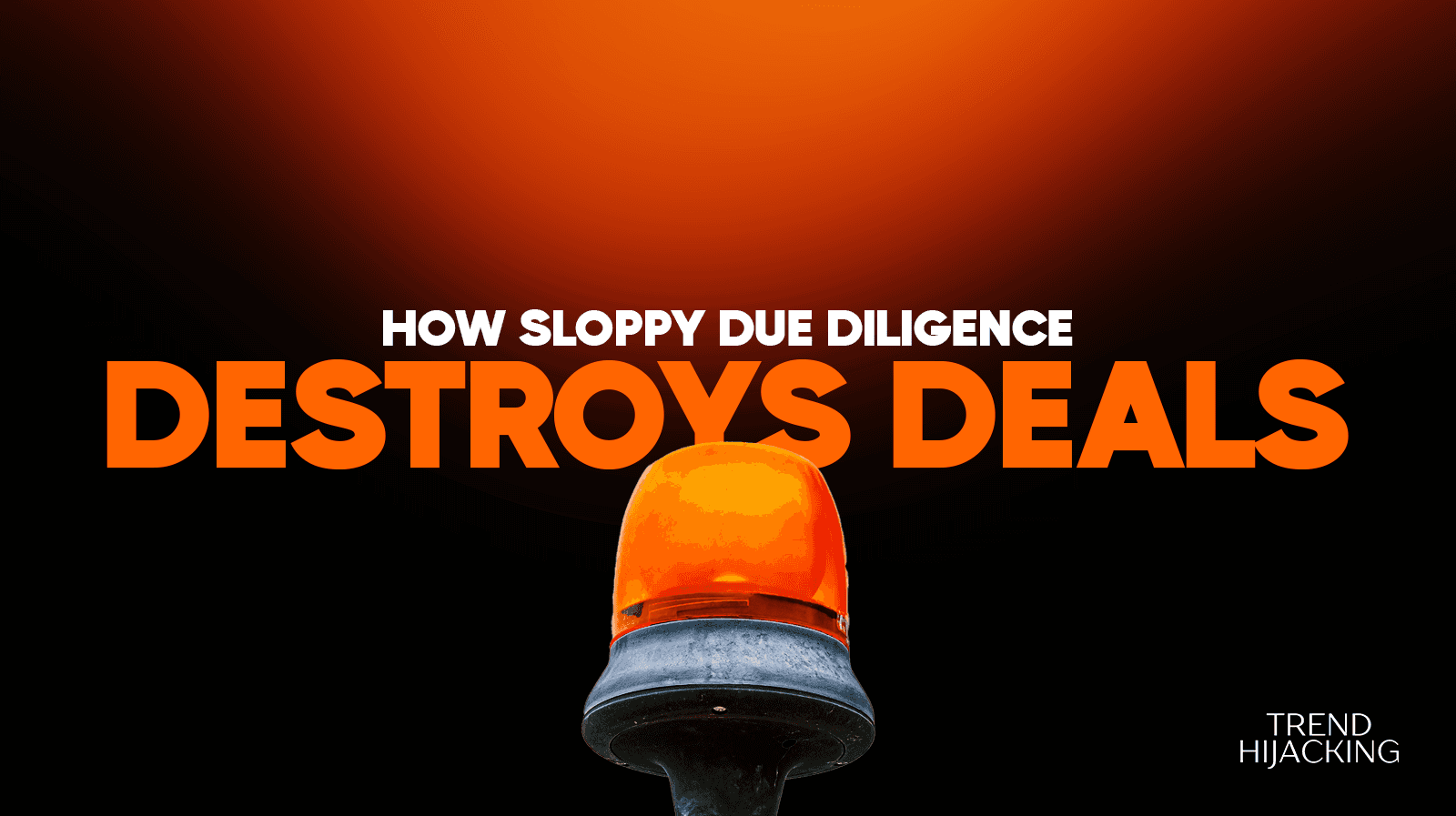Are Prebuilt Shopify Stores Profitable In 2026? Truth Revealed
What Is A Prebuilt Shopify Store?

A prebuilt Shopify store is simply a ready-to-go online shop that you buy from another seller.
The seller has already set up products, themes, and sometimes even the traffic data.
This means when you own the store, you gain immediate access to a live store without being involved with the setup work.
You can easily find these stores on various marketplaces on the web.
Some of the top platforms to consider include Exchange Marketplace and Flippa, which list thousands of these stores for sale.
Prices for these pre-made online shops range from under $100 to thousands of dollars, depending on product niche and sales history.
Read This Next: Pros and Cons of Ready-Made Stores – What You Need to Know
We Help You Buy / Build, Manage and Scale E-commerce Brands for an EXIT
E-commerce Simplified for Busy Individuals – We handle the buying, building, and scaling, so you can focus on what matters.
Growth-Focused Strategies – From sourcing to marketing, we drive growth and prepare you for a profitable exit.
Expertly Managed Exits – We build a high-value brand designed for a Lucrative exit.
Why Prebuilt Stores Appeal to Entrepreneurs

Here’s the truth: Many buyers want to skip the design and setup.
They don’t want to spend weeks choosing themes, writing product descriptions, or figuring out shipping settings.
They hope to avoid Shopify’s learning curve and start marketing right away.
And a prebuilt store offers them precisely that!
This type of store can come with ready-to-run features like product listings, connected payment systems, social media accounts, ad creatives, or even a small customer list.
Without a doubt, this setup feels like a head start as the buyers can focus on growing traffic and making sales instead of building from scratch.
For new entrepreneurs, the stores can be a huge draw. Time is limited, and so is their patience.
A prebuilt store removes the most technical tasks out of their way, letting them jump straight into business.
In other words, it creates a sense of momentum, which can feel motivating.
HOWEVER, this early advantage can also create false confidence.
If you (the buyer) don’t know how to manage campaigns, track performance, or support customers, your store can stall.
A good-looking site doesn’t guarantee you sales.
Knowing how to market your online business is still key here. Not to forget, you’ll need to understand how to handle returns, complaints, and customer questions.
Without those skills, that “head start” can become a setback—fast.
Read This Next: Is Creating A Shopify Store Still Worth It? Here's the Answer!
Read This Next: The Top 10 Benefits of Acquiring an E-Commerce Company
Real-World Data on Shopify Store Performance

Most Shopify stores don’t make huge money. On average, you can expect a typical store to bring in around $5,583 in monthly revenue (source).
While this may sound like a decent figure, it’s worth noting that revenue is not the same as profit.
As a Shopify store owner, you’ll have to cover a bunch of costs, including:
First, there’s a Shopify subscription fee: This usually starts at $39 per month and is required to keep your store running.
Then there are transaction fees charged on every sale unless your store uses Shopify Payments. These can add up fast, especially when your sales volume grows.
Your store’s conversion rate also plays a significant role in your store’s overall earnings. This is simply the percentage of visitors who actually buy something.
According to Shopify, the average rate for e-commerce stores sits between 2.5% and 3%.
So, if 100 people visit your store, maybe 2 or 3 of them will make a purchase.
That means your store needs to attract a lot of traffic to make steady sales.
Unfortunately, many of them don’t come with traffic. Some have zero visibility on Google.
Others don’t have active social media accounts or an email list. So buyers usually have to spend money on ads just to get visitors.
If those ads don’t perform well, your store won’t earn much, and you could lose money instead of making it.
Overall, the numbers show that while Shopify stores can make money, most don’t take off right away. It takes more than just owning a store:
You need traffic, a working sales strategy, and solid product margins to turn revenue into real income.
Read This Next: Is Buying A Pre-Built Shopify Store Worth It? (A 2025 Review)
Common Pitfalls of Prebuilt Stores

Buying a prebuilt store might seem like a shortcut to becoming an e-commerce millionaire, but it often comes with hidden risks.
Here are the most common issues buyers face:
They all look the same: Many sellers tend to create “cookie-cutter” stores by copying the same theme and product imports. These stores often lack a clear niche or brand story.
Unreliable suppliers: You may also face the issue of poor supplier relations, slow shipping times, and low-quality product images.
Misleading performance data: Some sellers even fake sales data to fetch a higher price. Without full access to the Shopify dashboard, you cannot verify revenue or refund rates. This lack of transparency can lead to major surprises after purchase.
Read This Next: E-commerce Due Diligence: Verifying A Store’s Revenue Claims
Keys to Profitability With A Pre-made Shopify Store

You can still make a premade Shopify store profitable if you know the right approach to do it.
In this section, we’ll share key factors that you can implement to make your store truly profitable.
1. Work on traffic and marketing
The real profit comes from consistent traffic and good margins.
And to get traffic to your store, you’ll need to run ads or build organic reach through SEO and social media.
According to Oberlo, Facebook ads cost around $0.97 per click on average.
If your product sells for $20 with a $10 profit margin, you need at least one sale per ten clicks just to break even.
2. Understanding Your Margins
Dropshipping stores typically see gross margins between 10% and 30%. A healthy margin usually hovers around 15%–20 % after ad spend. If you aim for consistent profitability, then you should ensure your margins are high enough to cover ad costs and other expenses.
3. The Power of Niche Focus
Stores that target specific audiences, e.g., eco-friendly products or niche sports gear, tend to convert better. This focused approach helps you build a loyal customer base and improves your return on ad spend.
4. Build Trust & Encourage Repeat Business
Make sure your store has clear product descriptions, professional images, and fast customer support. This will help you establish customer trust.
A loyal customer base also lowers your overall customer acquisition cost over time, making your business more sustainable.
Read This Next: Best Prebuilt Shopify Stores (Complete Buyer’s Guide)
Read This Next: Best Pre-Built Dropshipping Stores (Everythig You Need To KNow
Read This Next: A Comprehensive Guide To Buying A Prebuilt Shopify Store
We Help You Buy / Build, Manage and Scale E-commerce Brands for an EXIT
E-commerce Simplified for Busy Individuals – We handle the buying, building, and scaling, so you can focus on what matters.
Growth-Focused Strategies – From sourcing to marketing, we drive growth and prepare you for a profitable exit.
Expertly Managed Exits – We build a high-value brand designed for a Lucrative exit.
What’s The Real Cost of Running A Pre-built Store?

Buying a prebuilt store is just the beginning…
You’ll need to keep in mind the ongoing costs, which can add up pretty quickly, even before you make your first sale.
Here’s what you should budget for:
Shopify Subscription: You pay at least $39 per month for Shopify’s Basic plan.
Custom domain: You’ll also need to pay for a custom domain. This usually goes for around $10–$15 per year.
Payment processing fees: This is usually around 2.9 % + 30¢ per transaction if you use Shopify Payments.
Advertising costs: Ad budgets vary widely, but spending $10 per day on Facebook ads translates to $300 per month. If you run Google Ads or Work with influencers, costs can get even higher. Keep in mind that these expenses add up before a single sale lands in your account.
Read This Next: Turnkey Shopify Store: Your Fastest Path To E-Commerce Success?
So, Should You Buy a Prebuilt Store?

Absolutely!
A premade e-commerce store will no doubt save you a lot of time on setup—like designing the website, importing products, and connecting suppliers.
This will allow you to fully focus on what really drives results: growing sales, optimizing ads, and improving your customers' experience.
However, if you don’t know how to work on your store after acquiring it, it could end up stalling and make you feel like you made a bad decision.
Don’t just rely on the seller’s claims. As we mentioned earlier, treat the process like buying a used car:
Inspect the performance data carefully: Look for traffic sources, sales, refund rates, and ad spend.
Test the store backend to see how it's set up. Are there any automations in place? Are the products synced with reliable suppliers?
Verify traffic and customer acquisition. Ask the seller for access to recent ad campaigns, pixel data, or analytics reports.
Review actual customer interactions: Check past emails, chats, reviews, etc., to give you an idea of the service quality and buyer trust.
If the seller seems hesitant to share this information or hesitates to answer questions, consider it a red flag.
While a prebuilt store can offer a head start in the e-commerce space, you must do your homework.
Buying blind is a gamble that may end up costing you more than starting from scratch.
Read This Next: How Much Does It Cost To Buy A Shopify Store
Frequently Asked Questions About Pre-built Shopify Stores:

Below, we take a closer look at some commonly asked questions about pre-built Shopify Stores:
Is it worth buying a pre-made Shopify store?
Buying a prebuilt Shopify store is worth every cent if you know how to choose the right one. If the seller agrees to share clear profit data, steady traffic, and strong supplier ties, then the store is worth buying. A ready-to-run ecommerce store can save you setup time so you can focus on scaling it into a profitable online business. However, you risk acquiring a low-quality site if you skip due diligence. Always verify dashboard data, traffic sources, and recent sales history before buying.
What is the most profitable Shopify store?
Digital products often yield the highest profit on Shopify since they incur no manufacturing or shipping costs. These products include e-books, online courses, and print-on-demand designs. High-ticket physical niches like home decor and fitness equipment also generate strong margins but require more complex logistics.
Read This Next: 10 Most Profitable E-commerce Niches For Acquisition In 2025
Why do so many Shopify stores fail?
Most Shopify stores fail due to poor product choice, weak marketing, and bad website design. Technical issues like slow loading and checkout errors can quickly drive customers away, while a lack of market research and niche focus can further deepen the failure rates.
Conclusion
Prebuilt Shopify stores can offer you a shortcut to e-commerce if you know how to choose the right one. After acquiring the store, you’ll also need a clear marketing plan, solid niche focus, and ongoing effort to turn it into a profitable venture. Remember to always conduct due diligence on a store to uncover any red flags that may cost you later on.
Ready to invest in a prebuilt Shopify store but not sure what’s legit? We help you identify stores with real growth potential, verify the numbers, and handle negotiations—so you avoid costly mistakes. After purchase, we can manage the store for you, using proven strategies to scale it up to 4x (or more).
Whether you're aiming for passive income or a profitable exit, we’ll help you get there. Visit our Acquisition Partnership program to learn more.
A Done-For-You E-commerce Business
Discover how we Build, Launch, and Scale a 6-figure/month Business for You
Learn more
The 6-Step Blueprint to E-Commerce Acquisition
See how we Acquire, Convert, and Scale with Real Case Studies to Prove It.





















